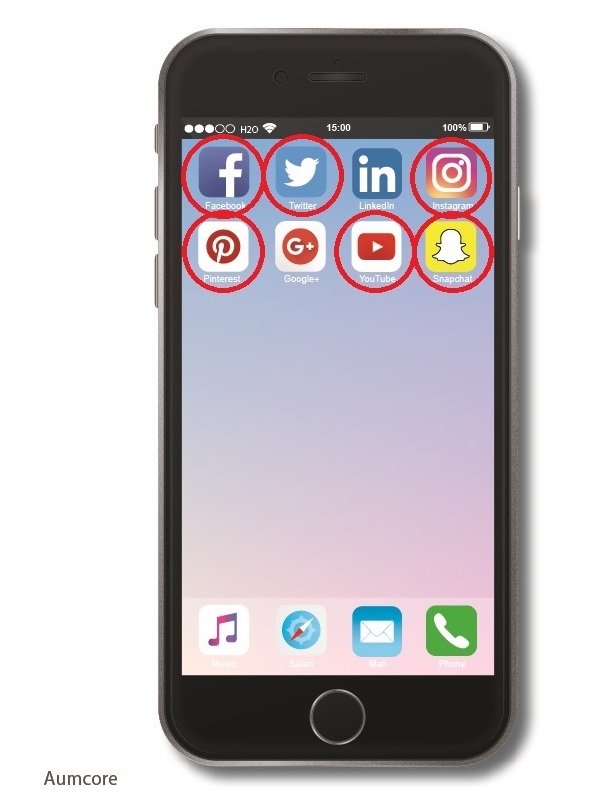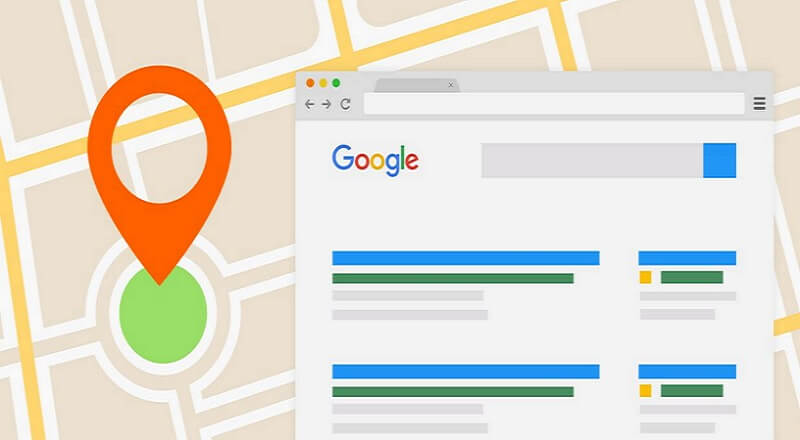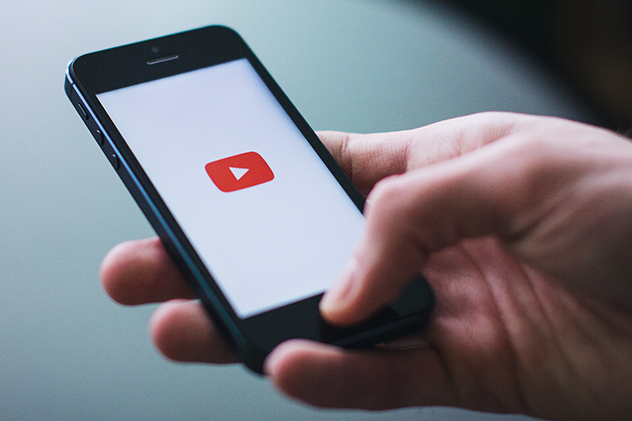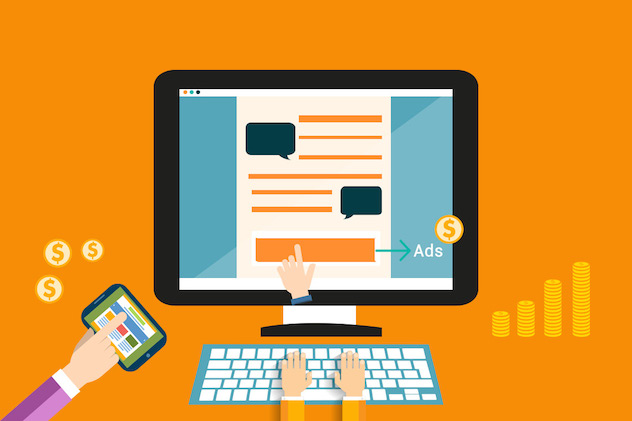PPC, or pay-per-click, is a type of online advertising model where advertisers pay a fee each time one of their ads is clicked. PPC advertising can take many forms, including search engine advertising, display advertising, and social media advertising.
One of the key benefits of PPC advertising is its ability to drive targeted traffic to your website. By targeting specific keywords, demographics, and interests, PPC campaigns can help businesses reach potential customers who are actively searching for their products or services. In fact, PPC visitors are 50% more likely to make a purchase than organic visitors.
PPC advertising can also be highly cost-effective. Advertisers have complete control over their advertising spend and can set daily budgets and bid amounts to ensure they stay within their advertising budget. Additionally, PPC advertising provides real-time data and analytics, allowing businesses to measure the success of their campaigns and adjust as needed.
According to a study by Wordstream, businesses that use Google Ads see an average ROI of $2 for every $1 spent. Additionally, Google Ads generate an average click-through rate of 3.17% for search ads and 0.46% for display ads. This indicates that PPC advertising can be a highly effective way to drive traffic and sales for businesses of all sizes.
So, we want to know…
Are you prepared for the digital marketing industry growth this coming year has in store? Have you planned and laid out your 2023 strategy? Better question: Have you outlined your paid marketing strategy for 2023?
Industry Spending on Paid Ads
Paid advertising is a crucial aspect of many businesses’ marketing strategies, with companies across various industries investing heavily in it to reach their target audiences. Here is a breakdown of industry spending on paid ads in 2023:
- Retail industry: expected to spend $45 billion on digital advertising
- Financial services industry: expected to spend $30.75 billion on digital advertising
- Healthcare and pharmaceutical industry: expected to spend $19.66 billion on digital advertising
- Automotive industry: expected to spend $19 billion on digital advertising
- Travel and hospitality industry: expected to spend $13.6 billion on digital advertising
Overall, these figures demonstrate the importance of digital advertising in today’s business landscape. With more and more consumers turning to digital channels to research and purchase products and services, businesses will continue to invest in paid advertising to reach their target audiences and drive growth.
Paid Marketing Statistics 2023 Strategies Need
Paid marketing is something everyone, from the smallest business to the largest, needs. You can utilize one of the many social media platforms, such as Facebook and Twitter, and send out sponsored posts, a search engine like Google and use Google AdWords, their paid advertising program, to get in front of your audience, or the myriad of other paid marketing options at your disposal.
As you plan, make sure to read up on statistics that are sure to guide where you invest your money. As a helper, from mobile SEO to influencer marketing, here are some paid marketing statistics to help you plan for 2023.
Social Media

- Facebook has the highest number of advertisers, with more than 10 million businesses using the platform for advertising.
- Instagram has over 2 million monthly active advertisers, and over 25 million business accounts.
- Twitter’s ad revenue is expected to drop to $2.98 billion in 2023
- LinkedIn’s ad revenue was $14.5 billion in 2022, with sponsored content being the most popular ad format.
- Pinterest’s ad revenue is expected to reach $2.91 billion in 2023.
Mobile

- Mobile devices account for over 50% of all global internet traffic.
- Mobile ad spending will account for 75% of all digital ad spending worldwide.
- Mobile ads perform better than desktop ads in terms of click-through rates (CTR), with the average CTR for mobile ads being 0.58%, compared to 0.08% for desktop ads.
- The average mobile user spends around 4 hours and 48 minutes per day using their smartphone.
- In the United States, mobile advertising spending is expected to reach $495 billion by 2024.
Local

- Mobile devices drive 60% of all online searches, and over 90% of those searches result in a purchase or a visit to a physical store.
- 46% of all Google searches are seeking local information, and 97% of consumers search online to find a local business.
- 72% of consumers who perform a local search visit a store within 5 miles of their current location.
- Google My Business (GMB) is the most important factor in local search ranking, with 56% of local businesses not having claimed their GMB listing.
- Local SEO drives more qualified traffic to a website, with 78% of location-based mobile searches resulting in an offline purchase.
Video

- Social media platforms generate over 8 billion video views per day, with Facebook alone generating 4 billion video views per day.
- Mobile video consumption continues to rise, with mobile devices accounting for 75% of all video views.
- Consumers are more likely to engage with video ads, with video ads having an average click-through rate (CTR) of 1.84%, compared to 0.6% for traditional display ads.
- Video ads are more effective at driving purchase intent, with 74% of consumers saying they have been convinced to buy a product or service after watching a branded video.
Influencer

- Influencer marketing is expected to become a $21.1 billion industry by 2023.
- 63% of marketers plan to increase their influencer marketing budgets in the next year.
- Instagram is the most popular platform for influencer marketing, with 89% of marketers saying it is the most important platform for their influencer marketing strategy.
- Micro-influencers (those with between 1,000 and 100,000 followers) are becoming more popular with brands, with 61% of marketers saying they plan to work with more micro-influencers in the next year.
- 87% of consumers say that an influencer has inspired them to make a purchase.
General Statistics
What better way to wrap up our 2023 prep than with a batch of general digital marketing growth statistics? Enjoy!
- Digital advertising spending is projected to reach $509 billion globally by 2023.
- By 2022, it is expected that more than 60% of all ad spend will be on digital channels.
- Marketing automation is expected to grow at a CAGR of 12.8% from 2020 to 2027, driven by the increasing adoption of AI and machine learning technologies.
- Social media ad spending is projected to reach $102 billion globally by 2023, with Facebook, Instagram, and Snapchat being the most popular platforms for social media advertising.
How Effective Are PPC Ads?
PPC advertising can be a highly effective way to drive targeted traffic and generate leads for businesses. Here are some reasons why:
- Targeted advertising: PPC campaigns can be targeted to specific audiences based on demographics, interests, and even location, ensuring that ads are seen by the people most likely to be interested in the product or service being advertised.
- Measurable results: PPC advertising provides real-time data and analytics, allowing businesses to track the success of their campaigns and adjust them as needed. This means that businesses can see exactly how many clicks, leads, and sales their ads are generating.
- Cost-effective: With PPC advertising, businesses have complete control over their advertising spend. Advertisers can set daily budgets and bid amounts to ensure they stay within their advertising budget.
- Immediate results: Unlike some other forms of advertising, PPC campaigns can generate immediate results. Ads can be created and launched quickly, and businesses can start seeing results within hours or days.
How Much Does PPC Cost?
The cost of PPC (pay-per-click) advertising varies depending on a number of factors, including the industry, keywords being targeted, and the competition for those keywords. Here are some key factors that can influence the cost of PPC advertising:
- Ad placement: Ads placed in premium positions on search engine results pages (SERPs) or on popular websites can be more expensive than ads placed in less prominent positions.
- Keyword competition: Highly competitive keywords can be more expensive to bid on, as multiple advertisers are vying for the same audience.
- Quality score: The quality of an ad and the landing page it leads to an impact the cost of PPC advertising. Advertisers with higher quality scores can often achieve higher ad placements at lower costs.
- Industry: Some industries, such as finance and law, are known for being particularly competitive and can be more expensive to advertise in.
In general, the cost of PPC advertising is determined by the bid amount set by the advertiser, as well as the relevance and quality of the ad being displayed. On Google Ads, for example, the average cost-per-click (CPC) across all industries is $2.69, while the average CPC for the legal industry is $6.75.
Final Thoughts
Don’t let your competition get the upper hand; call up your go-to digital marketing agency and start planning for the new year! If you’re unsure what to focus on, here are some of the areas you want to pay special attention to:
- Social media is where your audience is.
- Mobile SEO is extremely important in the mobile-first world we live in.
- Local SEO is equally important, especially if you have a physical location.
- Actually, pay attention to all areas of SEO.
- Video is hot and you need to start recording.
- Influencers are the people your audience listens to.
This blog post is Last updated on May 22nd, 2023.




